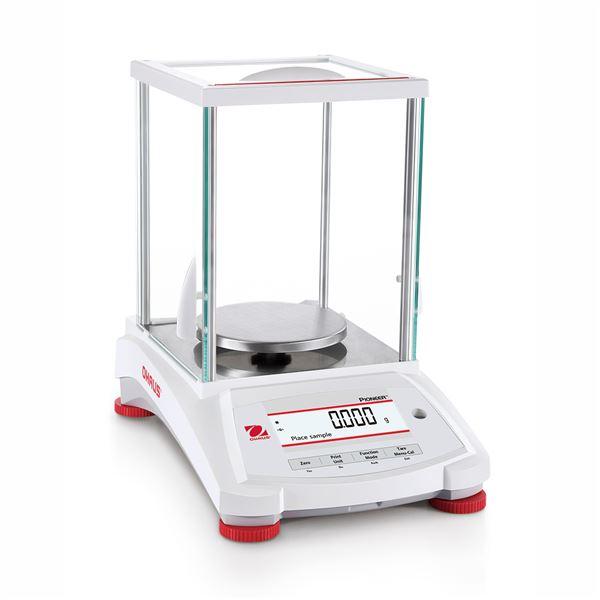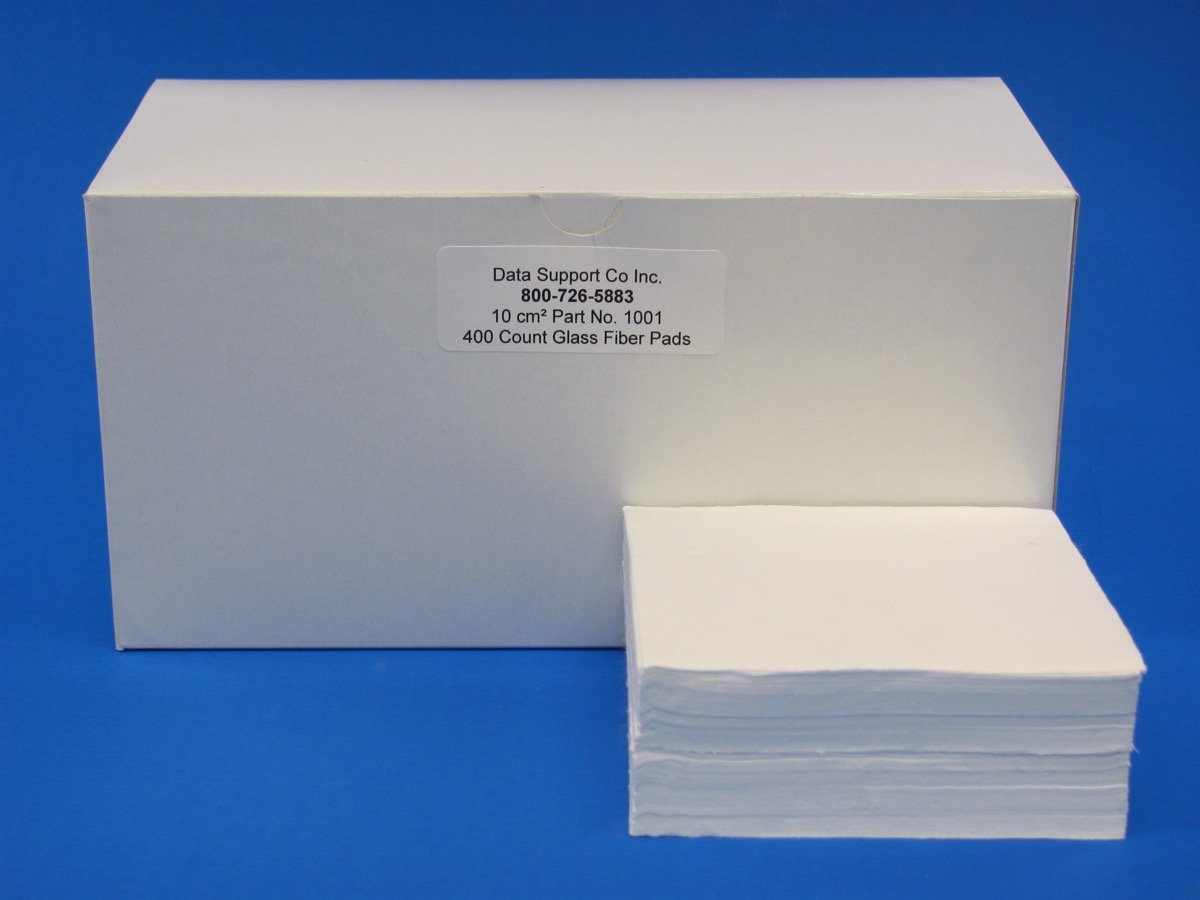Introduction to Analytical Balances
An analytical balance is a precision measuring instrument, designed to achieve a high degree of accuracy, used in quantitative chemical analysis to determine the object's mass in various forms such as solids, liquids, powders, and granular substances.
Analytical balances provide precise measurements essential for chemistry and pharmaceutical applications, with readability up to 0.01 mg. They can display results to several decimal places, which is crucial for laboratory work.
These balances are extremely sensitive and require a controlled environment to ensure accurate weighing results. Laboratory balances, including analytical balances, are used in various scientific research and quality control applications.
Types of Balances
-
There are several types of laboratory balances, including analytical balances, precision balances, and top loading balances.
-
Analytical balances are designed for high accuracy and are typically used for small samples—microbalances, in particular, are used to measure samples with extremely high precision. The balance pan is the component where samples are placed for weighing. Precision balances have higher capacity and are used for larger samples.
-
Analytical scales and precision measuring instruments are also available for specific applications.
-
The choice of balance depends on the required accuracy, maximum capacity (that is, the maximum weight the balance can handle), and type of samples being weighed.
Key Features
-
Key features of analytical balances include high readability, draft shields with a draft shield door, and internal or external calibration options. Internal calibration is an available feature that allows the balance to automatically adjust itself without external weights, maintaining accuracy and reducing manual intervention.
-
The weighing pan, also referred to as the balance pan, along with the balance beam and load cell, are critical components of an analytical balance. The balance pan holds the objects being weighed and is essential for accurate operation in both electronic and mechanical balances.
-
Analytical balances often have a transparent enclosure, known as a draft shield, which includes a draft shield door. The draft shield door protects the sample from air currents and environmental disturbances, helping to achieve precise measurement.
-
The balance should be monitored carefully to ensure precise measurement, and calibration settings should be checked regularly.

Analytical Laboratory Balance
-
An analytical laboratory balance is a type of balance designed for precise measurements in laboratory settings. These balances determine mass by counteracting the force of the sample, rather than directly comparing actual masses.
-
These balances are used in chemistry and pharmaceutical applications, and are highly sensitive to environmental conditions.
-
The XPR automatic balance is an example of an analytical laboratory balance that offers high accuracy and readability.
-
Analytical laboratory balances often have features such as self-calibration systems and static electricity protection.
Weighing in one direction can help minimize errors and improve measurement stability.
Precision and Accuracy
Precision and accuracy are critical factors in analytical balances, with some balances offering readability up to 0.001 mg. The balance should be calibrated regularly to ensure accurate measurements, and the calibration settings should be checked regularly. External calibration masses and certified calibration masses are used to ensure the accuracy of the balance. The weighing process and measurement scale should be carefully controlled to ensure precise measurements.
Measurement Considerations
-
Several factors can affect the accuracy of analytical balance measurements, including air currents, temperature, and humidity. Measurements can be affected by these external influences, leading to weighing errors or instability.
-
The balance should be placed in a controlled environment, away from foot traffic and other external influences.
-
The weighing pan and balance beam should be cleaned regularly to prevent contamination and ensure accurate measurements.
-
The balance should be leveled carefully using an electronic levelling system or the air bubble (leveling bubble) to ensure the balance is perfectly level.
Factors Affecting Performance
The performance of an analytical balance is highly sensitive to its environment and handling. Several factors can significantly affect the accuracy and precision of measurements. Air currents, for example, can cause the weighing pan to fluctuate, leading to inconsistent readings. Vibrations from nearby equipment or foot traffic can also disrupt the balance, making it difficult to achieve precise measurements. Temperature fluctuations in the laboratory may cause both the balance and the sample to expand or contract, which can alter the actual mass being measured. Additionally, improper calibration or infrequent maintenance can result in measurement errors and reduced accuracy. Even the way samples are prepared and handled—such as using containers that generate static electricity or not allowing samples to acclimate to room temperature—can impact results. To ensure the analytical balance delivers reliable and accurate measurements, it is essential to control these external influences, regularly calibrate the instrument, and follow best practices for sample handling and preparation.
Minimizing Interference
Achieving accurate results with an analytical balance requires minimizing interference from the surrounding environment. Start by placing the balance on a stable, vibration-free surface, away from sources of air currents such as doors, windows, and ventilation systems. Avoid direct sunlight and temperature extremes, as these can affect both the balance and the sample. Using a draft shield is essential in sensitive applications, as it protects the weighing pan from air currents and sudden movements that could disrupt the weighing process. Regularly cleaning the balance and weighing pan helps prevent contamination, which can otherwise affect measurement accuracy. Ensuring the balance is properly leveled and using anti-static devices or weighing paper can further reduce the impact of static charges. By carefully controlling these factors and maintaining a clean, stable environment, users can maximize the accuracy and reliability of their analytical measurements.

Analytical Scale and Weight
An analytical scale is a specialized precision measuring instrument designed for quantitative chemical analysis in laboratory settings. With high accuracy and fine readability, analytical scales are indispensable in chemistry and pharmaceutical applications where even the smallest mass differences matter. The maximum capacity of an analytical scale varies by model, typically ranging from 100 grams to over 1 kilogram, allowing for flexibility in weighing very small samples or larger quantities as needed. A draft shield is a standard feature, enclosing the weighing pan to protect against air currents and environmental disturbances that could affect the measurement. To ensure high accuracy, it is important to follow proper weighing procedures, including regular calibration—either internal or external, depending on the laboratory’s requirements. Calibration settings may need adjustment based on environmental conditions, and external calibration with certified weights is often recommended for the most precise results. By understanding the capabilities of the analytical scale and adhering to rigorous weighing procedures, laboratory professionals can achieve accurate, repeatable measurements essential for chemical analysis and pharmaceutical quality control.
Laboratory Balance Manufacturers
-
Several manufacturers produce high-quality laboratory balances, including Mettler Toledo and other well-known brands.
-
These manufacturers offer a range of balances with different features and specifications, including analytical balances and precision balances.
-
The choice of manufacturer depends on the specific requirements of the laboratory and the type of applications.
-
Laboratory balance manufacturers often provide calibration and maintenance services to ensure the accuracy and reliability of their balances.
Balance Maintenance
Regular maintenance is critical to ensure the accuracy and reliability of analytical balances. The balance should be cleaned regularly, and the weighing pan and balance beam should be checked for contamination. The calibration settings should be checked regularly, and the balance should be recalibrated as needed. The balance should be handled carefully to prevent damage and ensure accurate measurements.
Choosing the Right Balance
-
Choosing the right balance depends on the specific requirements of the laboratory and the type of applications.
-
The balance should be selected based on factors such as accuracy, maximum capacity, and type of samples being weighed.
-
The balance should be compatible with the laboratory’s existing equipment and software.
-
The manufacturer’s reputation and customer support should also be considered when choosing a balance.
Industries that Use Balances
Analytical balances are used in a variety of industries, including chemistry, pharmaceuticals, and food processing. These balances are used in quality control and scientific research applications, where precise measurements are critical. The balance should be selected based on the specific requirements of the industry and the type of applications. The manufacturer’s experience and expertise in the industry should also be considered when choosing a balance.
Best Practices for Balance Use
Best practices for balance use include regular calibration, careful handling, and proper maintenance. The balance should be used in a controlled environment, away from external influences such as air currents and temperature fluctuations. The weighing pan and balance beam should be cleaned regularly to prevent contamination. The balance should be leveled carefully using an electronic levelling system or a leveling bubble.
Common Issues with Balances
Common issues with balances include inaccurate measurements, calibration errors, and contamination. The balance should be checked regularly for these issues, and maintenance should be performed as needed.
The manufacturer’s customer support should be contacted if issues persist or if the balance requires repair. The balance should be handled carefully to prevent damage and ensure accurate measurements.

Balance Accessories
Balance accessories, such as weighing paper and calibration masses, are critical to ensure accurate measurements. The accessories should be selected based on the specific requirements of the laboratory and the type of applications. The accessories should be compatible with the balance and the laboratory’s existing equipment and software. The manufacturer’s customer support should be contacted if issues persist or if the accessories require repair.
Frequently Asked Questions
What are four uses of analytical balance?
Analytical balances are used for highly precise measurements of small masses in laboratories. Common uses include weighing chemicals for experiments, preparing standard solutions, performing quantitative analysis, and determining sample density or purity.
How to use analytical balance?
To use an analytical balance, first level the instrument and close all draft doors. Tare the container, gently add the sample, and wait for the stable reading to appear. Always avoid touching samples directly to prevent contamination and ensure accurate results.
What is another name for analytical balance?
Another name for an analytical balance is a laboratory precision balance or semi-micro balance, depending on its readability and sensitivity.
What is the difference between balance and analytical balance?
A standard balance measures larger masses with moderate precision, while an analytical balance provides extremely high accuracy, often down to 0.1 mg or better. Analytical balances also feature draft shields and sensitive internal components designed for precise laboratory measurements.





